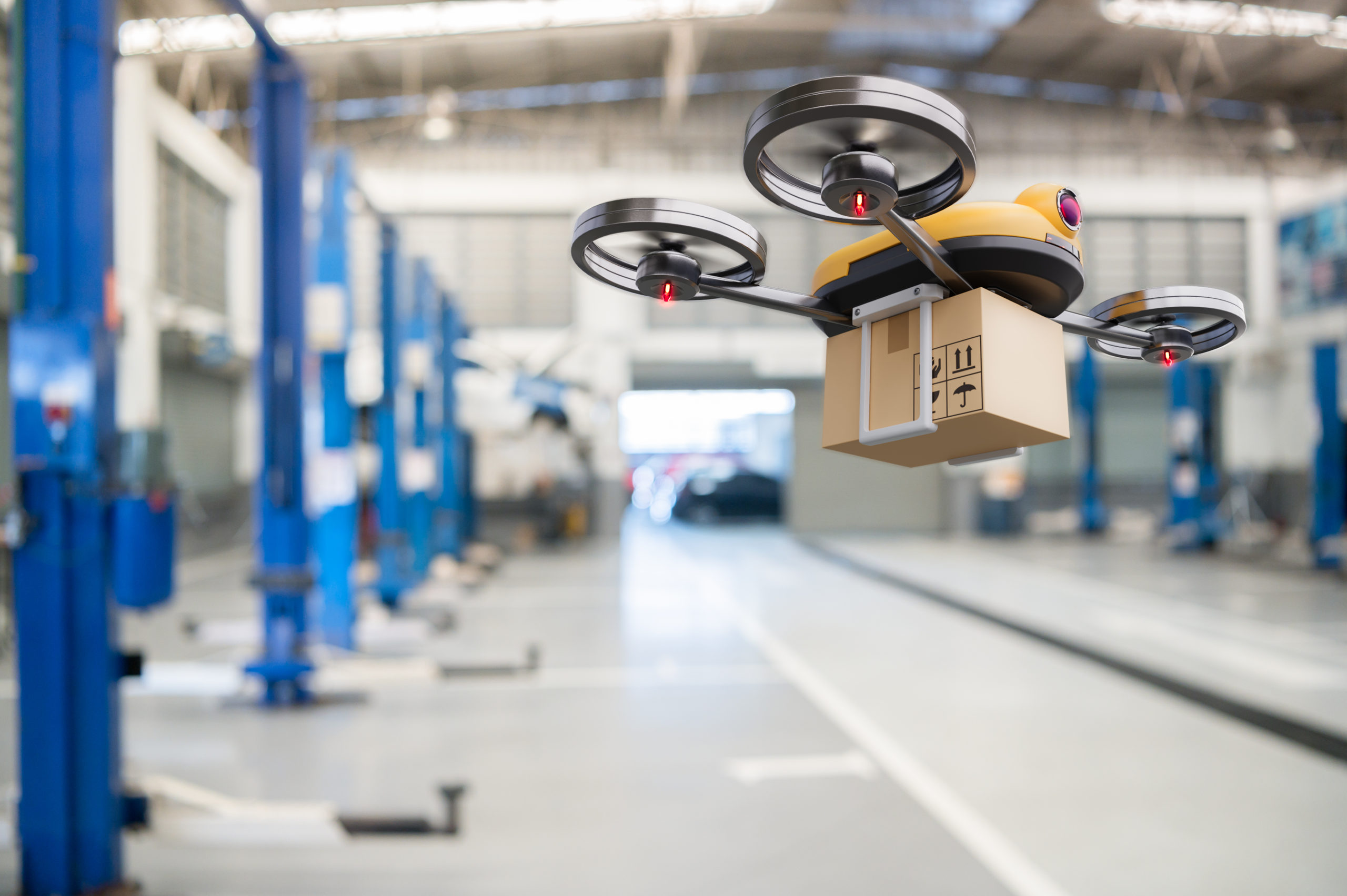Delivery Drones Hitting the Sky: What CRE Should Consider
As new technologies become commonplace, the existing infrastructure is forced to adapt. Efforts to blend well with newly infused technologies oftentimes require the commercial real estate industry to make some updated considerations.
This is the scenario that CRE now finds itself in with drones. Drones aren’t necessarily a new invention, but it’s continually hitting new application milestones as this flying technology makes headway into the modern industry.
Let’s take a closer look at what’s happening with drones, and what CRE should start thinking about:
Drones in CRE
Commercial real estate has long been leveraging drone technology, so the business is no stranger to collaborating with this tool.
CRE uses drones for various purposes related to upkeep and marketing. Drones can access otherwise hard to reach areas of a building and feedback crystal clear audio and video signals to ground controls, assisting operators with maintenance and upkeep rounds. Capturing gorgeous listing photos and videos from a birdseye view is a favorite CRE application of drone tech. Drones can also be used for video surveillance of sprawling properties, saving the time and effort of an on-foot sweep.
It’s not just the commercial side of things that love drones – the residential industry does, too. Residential real estate also deploys drones to generate gorgeous imagery for listing and marketing. Across the board, drones are used in many different ways to streamline CRE needs.
2020’s Uptick in Industrial Drones
Today, a new application of drones is making headway within the commercial scene – and it’s shaking up the industrial sector.
Delivery drones are becoming increasingly popular as big-name brands, such as Walmart and Amazon, are launching these revolutionary sky-high delivery methods. Delivery drones are hitting the atmosphere and solving many pain points related to ground shipping and order fulfillment.
Will Drones Become the New Delivery Standard?
The biggest question on everyone’s mind right now is whether or not this airborne delivery method will stick around. And, if it does, what does this mean for the existing land-based supply chain network?
First of all, commercial buildings would need to re-evaluate their mail facilities. It’s doubtful that drones will be using the keypad at the front door and stepping into lobbies to drop off packages with team members. The traditional human-based system will need some readjustments to be able to facilitate this new digital model.
Establishing proper package delivery acceptance and holding areas suitable for drone access should be somewhere on CRE’s radar – especially for multifamily, office, and retail. For many CRE assets, this may even require a redesign of physical spaces. Hiring additional on-site team members to manage this new task should also be something to think about.
The timeline for drone delivery to finally catch on is still too hazy to make distinct predictions. Right now, it’s just the major players in retail who are adopting airborne delivery methods. But, once the trend is introduced into the market, it’s almost guaranteed to take off and trickle into commonplace protocols.
If this tech is rolling out now, expect a widespread permeation within the coming years.


